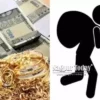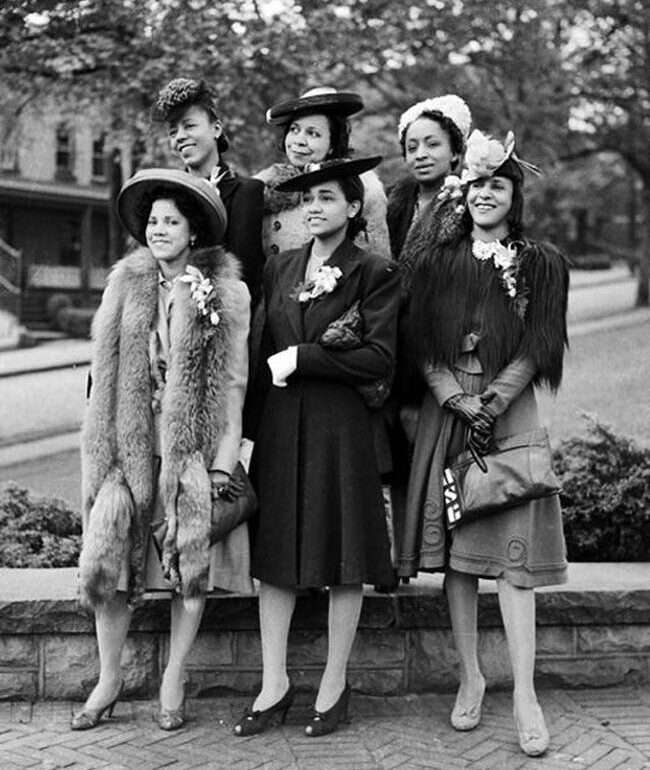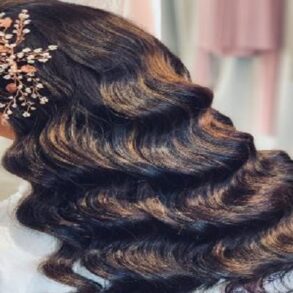Fashion trends constantly evolve and often reflect the spirit of the time. Black people are the main trendsetters when it comes to fashion and establishing the benchmark for style. From the Harlem Renaissance to contemporary streetwear to chic and cool style, Black culture has been instrumental in setting trends and influencing the fashion industry.
Despite their significant contributions to the industry, Black fashion designers, models, stylists, and other industry professionals have often faced systemic barriers and discrimination in their careers. There is a pattern of Black people not receiving credit for their influence and instead the industry celebrating those who appropriate Black culture, claiming it as their own.
When you think back on the history of Black people in America, many enslaved Black people were trendsetters and pioneers in fashion. Enslaved Black women were the dressmakers for the families that owned them, so they were really setting the style for the time. They’ve also been discounted for their trade, as well as the business relationships with trade suppliers and clientele they eventually formed.

When I think about a pivotal time in Black culture, the Harlem Renaissance of the 1920s and 1930s always comes to mind. It holds such significance for Black people — a movement greatly impacting art, literature, music and, of course, fashion. It was a time of empowerment and developing a sense of identity, and fashion was indeed a way to express that beautiful time. Women wore flapper dresses, cloche hats, pearls, feathers, gorgeous makeup, and waves for days in their hair. Men’s fashion included tailored suits and fedoras.
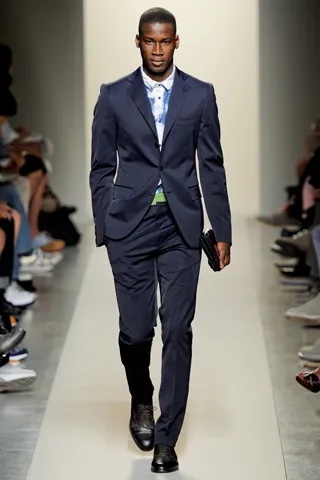
In 2012, European brands took note of the 1950s cool trend in their spring and summer collections. Bottega Veneta featured looks with loose suiting and casual lines. But it was Black men who really defined this era with the true definition of swagger — a quiet confidence and relaxed style that took dapper to another level.
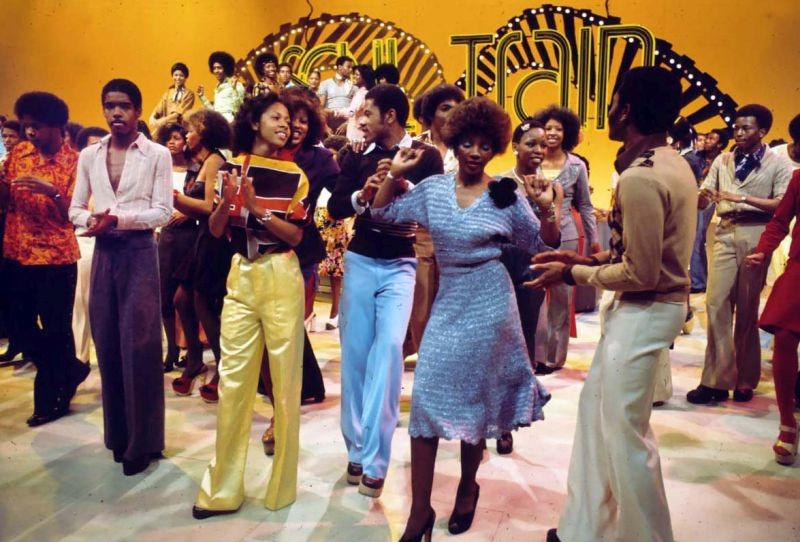
I believe the O.G. of Black fashion and style was the television show Soul Train. The show debuted in 1970. It was not only the place for the best in Black music, but also to keep up with the latest fashion trends of that time — platform shoes, form-fitting skirts, bold patterns and colors, and the quintessential Afro.
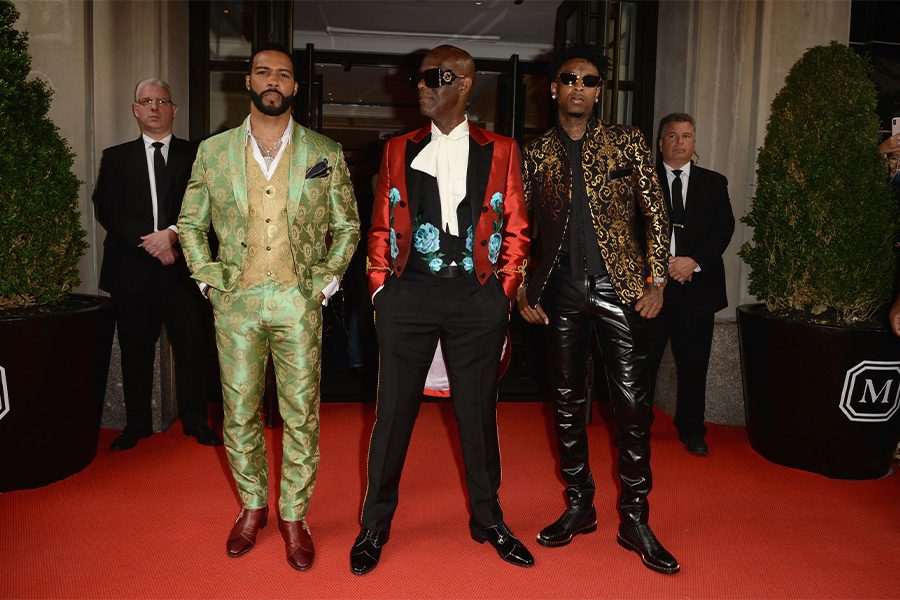
Some trends are adopted into popular culture but often not accredited to the Black community that started it. Dapper Dan is the iconic fashion designer who became famous for creating designs that blended high-end luxury with streetwear. He has created outfits for numerous celebrities, especially icons from the 1980s and 1990s such as LL Cool J, Salt & Pepa, and Eric B. & Rakim. Dan is also credited with creating the “ghetto fabulous” style that was popular during that time. I think for the urban culture, the Black culture, he must be recognized and appreciated for what he has done.
When I was in grade school, we had to wear boring uniforms. I remember the dreaded brown and black plaid jumpers, black or brown pants, and white tops. There’s only so much you can do with that. But my friends and I found ways to make it our own through our shoes, backpacks, accessories, and especially our hairstyles. Other girls took note and tried to do it too, but it was obvious they were copying us. Nothing has really changed.
Fashion has always taken note from Black culture, drawing from it, and even tapping into our music and art to set the tone. The fashion industry says they admire Black culture; however, it’s a thin line between paying homage and just being a culture vulture, as record executive and entrepreneur Damon Dash explains it best. At that point, no historical viewpoints are present and it’s usually coupled with behavioral mistakes.
Remember when Khloe Kardashian wore Bantu knots but they called them mini buns? She was praised for being a trendsetter of a hairstyle that Black women have been wearing since the 1700s. White women ask why they can’t wear cornrows. It’s not that they can’t wear them, it’s just that they don’t know what they stand for — how cornrows were used as maps for slaves to freedom.
The truth is, it’s always cool to do Black things, but it’s not cool to be Black. Everyone wants to dress Black and listen to Black music, but no one wants the plight that comes with being Black.
Today, we continue to watch television shows and movies for inspiration and trends. Insecure, Tyler Perry’s Sistas, and Harlem put us in right in the middle of a life we can relate to and the styles we want to emulate. It’s reminiscent of how Moesha, The Fresh Prince of Bel-Air, and A Different World made such an impact on fashion back in the day.
Virgil Abloh, rest in peace, became the first Black artistic director for Louis Vuitton in 2018. Soon after, pop star Rihanna launched Fenty Fashion House, becoming the first Black woman to create a brand with the Louis Vuitton Moët Hennessy (LVMH) group of this stature. Both contributed to creating an impact on streetwear and luxury fashion.
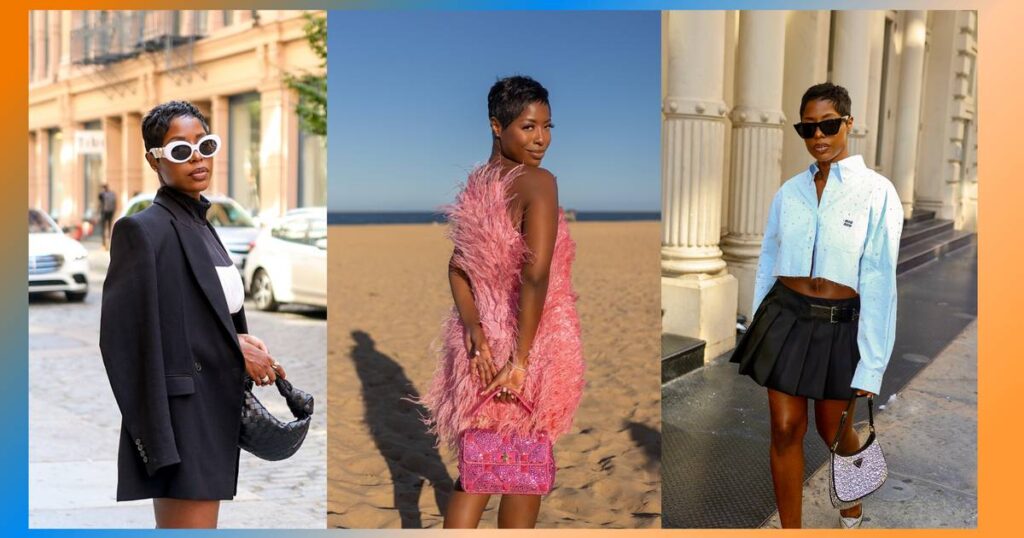
Recognizing the impact of Black culture on fashion acknowledges their talent and hard work. It also helps to promote greater diversity and inclusivity in the industry. Our style and how we present ourselves to the world actually has roots and has been made popular by the Black community. Hoop earrings, baby hair, acrylic nails, street wear, and hats all have roots in Black culture. We’re not new to this, and everyone knows it. It’s a matter of giving credit where credit is due because it’s deserved.
This post was originally published on this site be sure to check out more of their content.

